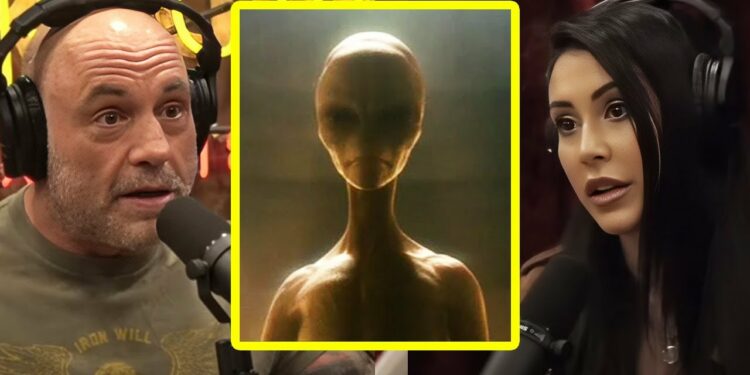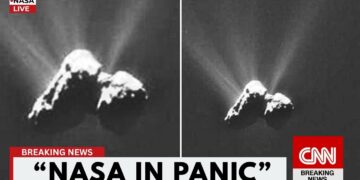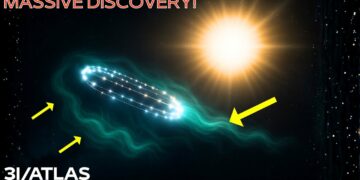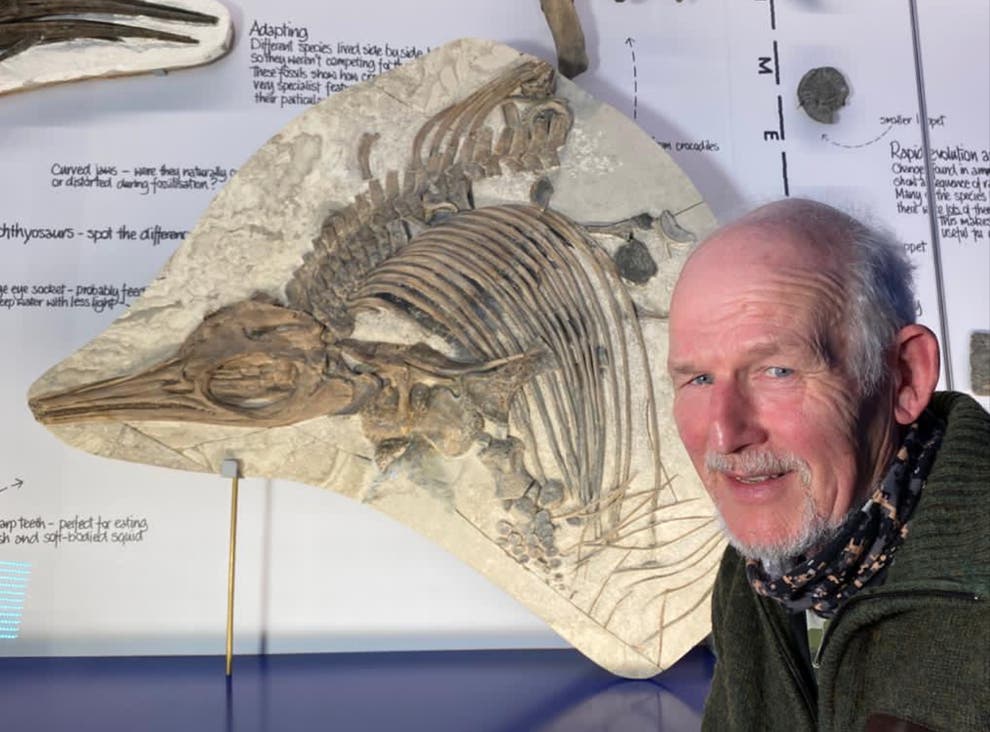My name is Ryan Graves, and I have a degree in mechanical and aerospace engineering. After graduating, I joined the Navy to fly F-18 jets, serving for about a decade in both combat and instructor roles, teaching new pilots. During my time flying, my squadron and I witnessed unidentified aerial phenomena (UAPs) in the context of our routine missions.
We first started noticing these objects in late 2013 or early 2014. My initial experience was routine: flying out to our designated airspace, expecting it to be clear except for my wingman or other squadrons. However, our radar suddenly detected multiple unidentified contacts, which was concerning because it posed a collision risk. This issue coincided with a radar system upgrade, which likely made these objects more detectable.
While stationed at Portland Air National Guard as an airfield manager, I worked closely with F-15 pilots. One incident involved an airspace incursion that pilots were reluctant to discuss openly, fearing repercussions like losing flight status or security clearances. They described an object that outperformed their aircraft, hinting at a UAP. Growing up with shows like The X-Files and movies like Independence Day, I approached these incidents with an open mind, acknowledging the possibility that we might not be alone.
When asked why I didn’t assume these were foreign military craft, I noted the pilots’ hesitancy and the stigma within the military community. Reporting such incidents could jeopardize careers due to the perception of “craziness.” Even though aircraft have advanced instrumentation, pilots in older platforms, like the one involved, avoided discussing these encounters.
As part of a task force investigating UAPs, formed after an incident at Eglin Air Force Base, I worked with Representatives Matt Gaetz and Tim Burchett. We faced resistance, including being denied access to information by the Air Force, which raised concerns about transparency. Whistleblowers have claimed the government possesses crashed UAPs and biological entities, though verifying this is challenging. The lack of transparency, even with Congress, is a significant issue, as unelected officials seem to control sensitive information.
On our upgraded radar, we could detect the kinematics of these objects—speed, direction, and position—but not their shape. Unlike typical aircraft flying predictable paths, these objects moved erratically, sometimes meandering or remaining stationary despite wind conditions. They often followed a “racetrack” pattern, flying straight, making 180-degree turns, and repeating, which is an efficient way to hold position. These objects were present daily, appearing on radar from takeoff to landing.
The first visual confirmation came when an object passed between two aircraft from my squadron, VFA-11, at the entry point of our airspace, about 10 miles off the coast. The lead pilot saw it but didn’t detect it on radar beforehand, likely avoiding a collision by chance. Upon returning, he was visibly shaken but didn’t discuss it, reflecting the military’s culture of silence.
On July 26, 2023, a U.S. Congressional hearing addressed UAPs, featuring testimony from myself, David Grusch, a former intelligence officer, and retired Navy Commander David Fravor, who witnessed the 2004 “Tic-Tac” incident. We aimed to expose government secrecy and share credible accounts. I described encountering a black cube inside a transparent sphere, 5-15 feet in diameter, in 2014 off Virginia Beach. The mission was abruptly terminated, but no official acknowledgment followed. Over time, UAP sightings became so common that pilots were briefed on the risks, yet they lacked a platform to report concerns.
Grusch revealed the U.S. government has conducted a decades-long program to recover and reverse-engineer UAP materials, including alien remains, operating beyond Congressional oversight. He cited injuries to colleagues from UAPs and government efforts to silence witnesses. Fravor recounted the Tic-Tac incident, describing an object with no wings or exhaust that mirrored his movements before vanishing and reappearing 60 miles away in seconds, defying known technology.
Congress members, including Gaetz and Burchett, expressed frustration over being denied access to UAP-related data, such as at Eglin Air Force Base, where a pilot photographed a non-human orb that disrupted his aircraft’s systems. This secrecy, even from Congress, suggests a broader cover-up. Grusch noted that special access programs, controlled by select government officials, operate with strict protocols, limiting access even to those with top-secret clearances.
The hearing highlighted a lack of transparency, with classified documents locked away and witnesses discouraged from speaking out. Congress aims to hold further closed-door sessions to uncover more details, hoping to reveal the truth about UAPs and extraterrestrial presence.























